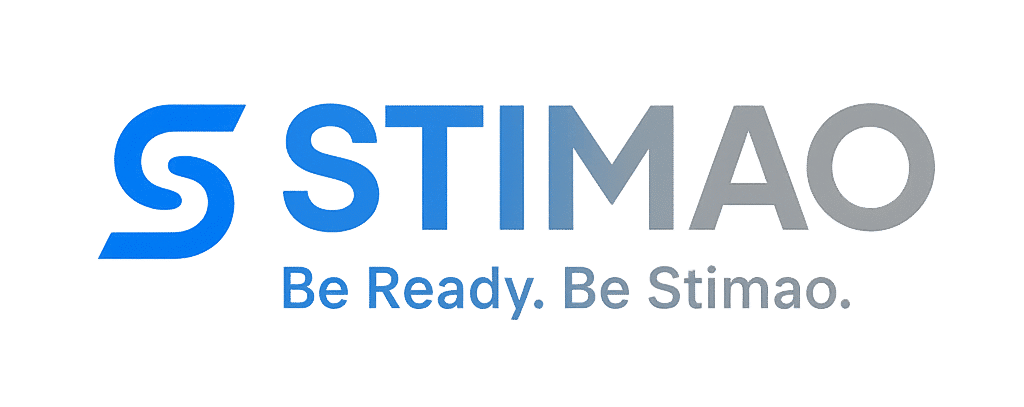Leadership without good communication is like a car without gas. It just doesn’t run smoothly. Getting the message across in a clear, concise way is essential for anyone in a leadership role. Improving how you communicate starts with truly understanding your personal style and the way it impacts others. Make sure your messages are consistent, and tailor your communication approach to fit the situation and audience.
The 7 C’s of Effective Communication offer a handy checklist to keep things on track: Clarity (Keep it simple), Conciseness (Less is more), Concreteness (Be specific), Correctness (Get the facts right), Coherence (Stay logical and clear), Completeness (Cover all necessary details), and Courtesy (Respect the person you’re talking to). Master these, and you’re halfway there.
Of course, there are practical ways to boost your communication skills too. Start with active listening. It’s really about hearing not just the words but also understanding the emotions behind them. Non-verbal cues matter a lot, like eye contact and body language, which help in building trust. Don’t shy away from asking for feedback, even if it’s hard to hear sometimes. It leads to growth.
Let’s not forget the basic five: Listening, Speaking, Questioning, Non-verbal Communication, and Clarity and Concision. Listening ties everything together, speaking keeps the conversation going, questioning shows engagement, non-verbal communication adds depth, and clarity with concision keeps everyone on the same page.
Developing these skills is no small task, but every small effort counts. Keep practicing, experimenting, and learning. Over time, your improved communication will naturally enhance your leadership abilities, encouraging others to follow your lead with confidence. Dive into resources or join workshops that focus on communication and leadership development.







